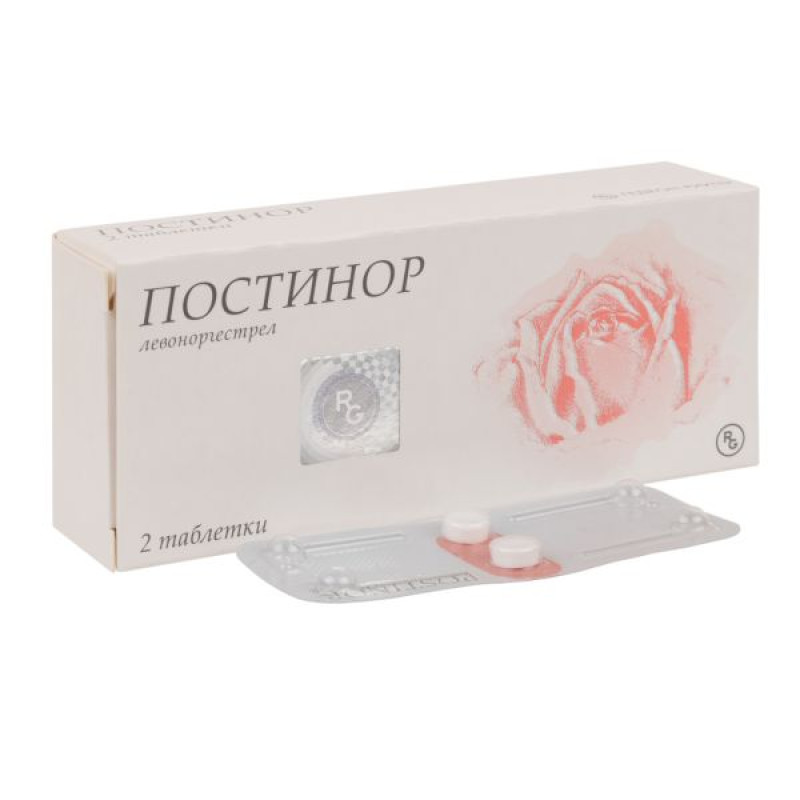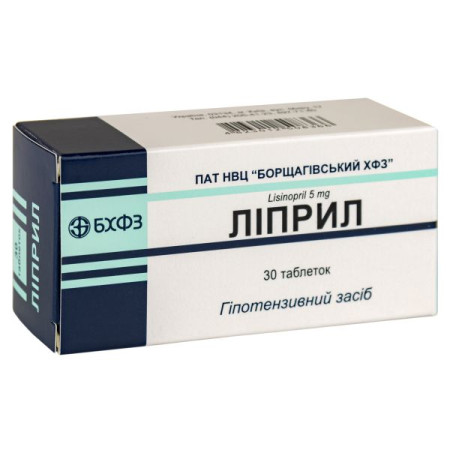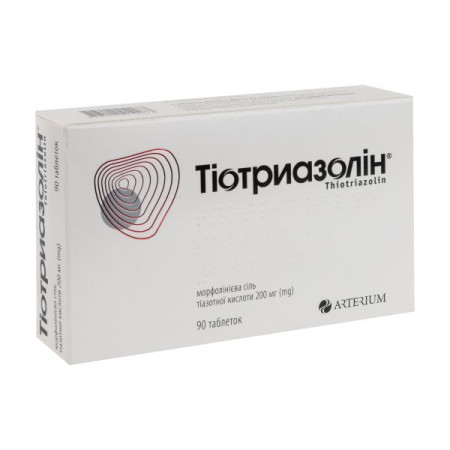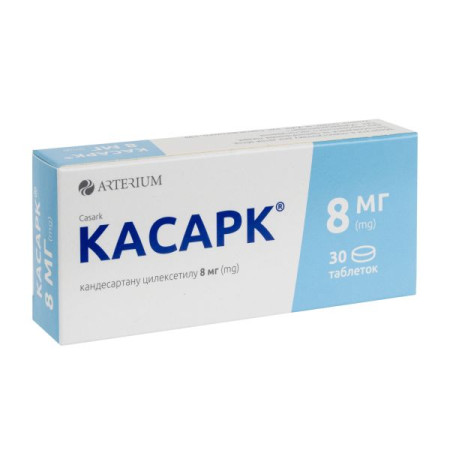Postinor tablets 0.75 mg blister No. 2
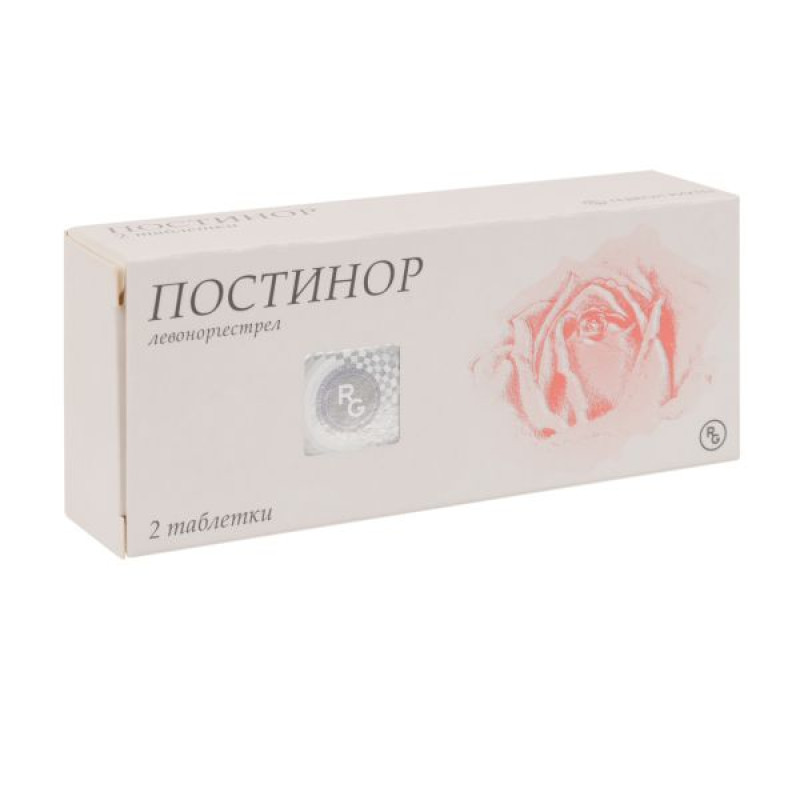
Instructions for Postinor tablets 0.75 mg blister No. 2
Composition
active ingredient: levonorgestrel;
1 tablet contains 0.75 mg of levonorgestrel;
excipients: colloidal anhydrous silicon dioxide, potato starch, magnesium stearate, talc, corn starch, lactose monohydrate.
Dosage form
Pills.
Main physicochemical properties: flat, beveled tablets, almost white in color, about 6 mm in diameter, engraved with “INOR” on one side.
Pharmacotherapeutic group
Hormonal contraceptives for systemic use. Emergency contraceptives. Levonorgestrel. ATX code G03A D01.
Pharmacological properties
Pharmacodynamics.
The exact mechanism of action of the drug Postinor is unknown.
It is assumed that at recommended doses, levonorgestrel prevents ovulation and fertilization if intercourse occurs in the preovulatory phase, when the probability of fertilization is maximum. The drug is ineffective if the implantation process has already begun.
Efficiency
In a previous clinical trial, 750 mcg of levonorgestrel (given as two 750 mcg doses taken 12 hours apart) prevented 85% of expected pregnancies. The effectiveness of the drug appears to decrease with increasing time after intercourse (95% within 24 hours, 85% when used 24–48 hours later, 58% when used 48–72 hours later).
In a previously conducted clinical trial, two 750 mcg levonorgestrel tablets taken simultaneously within 72 hours of unprotected intercourse prevented 84% of expected pregnancies. There was no difference in pregnancy rates between women who took the drug on the third or fourth day after unprotected intercourse (p>0.2).
There is limited evidence, which requires further confirmation, on the effect of overweight/high body mass index (BMI) on contraceptive efficacy. Three World Health Organization (WHO) studies did not show a trend for reduced efficacy with increasing body weight/BMI (see Table 1), while two other studies (Creinin et al., 2006 and Glasier et al., 2010) showed a reduced efficacy with increasing body weight/BMI (see Table 2). Both meta-analyses excluded cases of taking the pill later than 72 hours after unprotected intercourse (off-label use) and cases where unprotected intercourse occurred after taking the pill.
Table 1. Meta-analysis of three WHO studies (Von Hertzen et al., 1998. and 2002; Dada et al., 2010)
| BMI (kg/m2) | Underweight 0 – 18.5 | Normal body weight 18.5 – 25 | Excess body weight 25 – 30 | Adiposity ≥ 30 |
| Total number | 600 | 3952 | 1051 | 256 |
| Number of pregnancies | 11 | 3952 | 6 | 3 |
| Pregnancy rate | 1.83% | 0.99% | 0.57% | 1.17% |
| Confidence interval | 0.92 – 3.26 | 0.70 – 1.35 | 0.21 – 1.24 | 0.24 – 3.39 |
Table 2. Meta-analysis of studies (Creinin et al., 2006 and Glasier et al., 2010)
| BMI (kg/m2) | Underweight 0 – 18.5 | Normal body weight 18.5 – 25 | Excess body weight 25 – 30 | Adiposity ≥ 30 |
| Total number | 64 | 933 | 339 | 212 |
| Number of pregnancies | 1 | 9 | 8 | 11 |
| Pregnancy rate | 1.56% | 0.96% | 2.36% | 5.19% |
| Confidence interval | 0.04 – 8.40 | 0.44 – 1.82 | 1.02 – 4.60 | 2.62 – 9.09 |
At the recommended dosage regimen, levonorgestrel does not have a significant effect on blood clotting factors, lipid and carbohydrate metabolism.
Children
In a prospective, non-experimental study, it was shown that of 305 cases of use of levonorgestrel pills for emergency contraception, pregnancy occurred in 7 cases, resulting in an overall failure rate of 2.3%. The failure rate in women under 18 years of age (2.6% or 4/153) was compared with the failure rate in women over 18 years of age (2.0% or 3/152).
Pharmacokinetics.
After oral administration, levonorgestrel is rapidly and almost completely absorbed.
According to the results of a pharmacokinetic study in 16 healthy women, after taking 1.5 mg of levonorgestrel, the maximum concentration of the drug in blood plasma is 18.5 ng/ml and is reached after 2 hours.
After reaching a maximum, the concentration of levonorgestrel decreases, and the average half-life is about 26 hours.
Levonorgestrel binds to serum albumin and sex hormone binding globulin (SHBG). Only about 1.5% of the total dose is in free form, and 65% is specifically bound to SHBG. The absolute bioavailability of levonorgestrel is almost 100%.
About 0.1% of the dose enters the baby's body through breast milk.
Indication
Emergency contraception within 72 hours after unprotected intercourse or if the contraceptive method used was unreliable.
Contraindication
Hypersensitivity to the active substance (levonorgestrel) or to any of the excipients.
Interaction with other medicinal products and other types of interactions
The metabolism of levonorgestrel is increased by concomitant use of drugs that are inducers of hepatic enzymes, mainly inducers of the CYP3A4 enzyme system. Concomitant use with efavirenz has been shown to decrease the plasma levels of levonorgestrel (AUC) by approximately 50%.
Drugs that are likely to decrease levonorgestrel plasma levels include barbiturates (including primidone), phenytoin, carbamazepine, herbal preparations containing St. John's wort (Hypericum perforatum St. John's Wort), rifampicin, ritonavir, rifabutin and griseofulvin.
Women who have taken drugs that induce hepatic microsomal enzymes within the past 4 weeks should consider using nonhormonal emergency contraceptives (e.g., copper IUD) if emergency contraception is needed. Taking a double dose of levonorgestrel (e.g., 3000 mcg of levonorgestrel within 72 hours of unprotected intercourse) is an option for women who are unable or unwilling to use a copper IUD, although this specific combination (double dose of levonorgestrel while taking hepatic microsomal enzyme inducers) has not been studied.
Medicinal products containing levonorgestrel may increase the toxicity of cyclosporine due to possible inhibition of its metabolism.
Application features
Emergency contraception is a method that can be used occasionally. It should not replace regular contraception.
Emergency contraception does not prevent pregnancy in all cases.
If there is any doubt about the time of unprotected intercourse or if more than 72 hours have passed since unprotected intercourse during the same menstrual cycle, there is a possibility that conception has already occurred. Therefore, the use of Postinor with repeated intercourse may be ineffective in preventing pregnancy. If the menstrual cycle is delayed by more than 5 days or if unusual bleeding is observed on the day of the expected menstruation, or if there are other reasons to suspect pregnancy, pregnancy must be excluded.
If pregnancy occurs after using Postinor, the possibility of an ectopic pregnancy should be considered. The absolute probability of an ectopic pregnancy is low, as Postinor prevents ovulation and fertilization.
Ectopic pregnancy may develop despite uterine bleeding. Therefore, the drug should be used with caution in patients at risk of ectopic pregnancy (salpingitis or history of ectopic pregnancy).
The use of Postinor is not recommended in patients with severe liver dysfunction.
The effectiveness of Postinor may be negatively affected by severe malabsorption syndromes, such as Crohn's disease. Women with such conditions should consult a doctor if emergency contraception is needed.
After taking Postinor, the regularity and nature of menstruation is usually not disturbed. Sometimes menstruation may begin a few days earlier or later. Women should be advised to visit a doctor in order to choose and start using one of the methods of regular contraception. If withdrawal bleeding does not occur in the next pill-free period, after using Postinor and after using regular hormonal contraception, pregnancy should be excluded.
Repeated use of the drug during one menstrual cycle is not recommended due to the possibility of cycle disruption.
There is limited evidence, which requires further confirmation, that the contraceptive efficacy of Postinor may decrease with increasing body weight or body mass index (BMI) (see section 5.1). All women, regardless of their body weight and BMI, should take emergency contraception as soon as possible after unprotected intercourse.
Postinor is ineffective as a regular method of contraception and should only be used as an emergency measure. Women seeking repeat emergency contraception should be advised to use long-term methods of contraception.
The use of emergency contraception does not replace the necessary precautions related to protection against sexually transmitted diseases.
This medicinal product contains lactose. Patients with rare hereditary problems of galactose intolerance, the Lapp lactase deficiency or glucose-galactose malabsorption should not take this medicine.
Use during pregnancy or breastfeeding
Pregnancy
Pregnant women should not use Postinor. The drug does not cause abortion.
In the event of continued pregnancy, limited epidemiological data do not indicate any adverse effects on the fetus. However, there are no clinical data on possible consequences of using a dose of the drug exceeding 1.5 mg levonorgestrel.
Lactation period
Levonorgestrel is excreted in breast milk. The potential exposure of the infant to levonorgestrel can be reduced if the breastfeeding woman takes the tablets immediately after feeding, avoiding feeding for at least 8 hours after each dose of Postinor.
Fertility
Levonorgestrel increases the possibility of menstrual cycle irregularities, which in some cases lead to earlier or later ovulation. These changes may affect the dates of the fertile period, but there are no data on fertility with long-term follow-up.
Ability to influence reaction speed when driving vehicles or other mechanisms
The effect of the drug on the ability to drive or operate other mechanisms has not been studied.
Method of administration and doses
Doses
It is necessary to use two tablets.
Both tablets should be taken together as soon as possible, preferably within 12 hours and no later than 72 hours after unprotected intercourse (see section "Pharmacological properties").
If vomiting occurs within 3 hours of taking the tablets, 2 more tablets should be taken immediately.
Women who have taken enzyme-inducing drugs within the last 4 weeks and who require emergency contraception are advised to use non-hormonal emergency contraception, i.e., the copper IUD, or to take a double dose of levonorgestrel (i.e., 4 tablets at the same time) for women who cannot or do not want to use the copper IUD (see section “Interaction with other medicinal products and other forms of interaction”).
Postinor can be used in any phase of the menstrual cycle, provided that there is no delay in menstrual bleeding.
After using emergency contraception, it is recommended to use a local barrier method (e.g. condoms, diaphragms, spermicide, cervical cap) until the start of the next menstruation. The use of Postinor is not a contraindication to the continuation of regular hormonal contraception.
For oral use.
Children
Postinor is not intended for use in prepubertal children for emergency contraception.
Overdose
No serious adverse effects have been reported after acute overdose with large doses of oral contraceptives. In case of overdose, nausea and breakthrough bleeding are possible. There is no specific antidote, treatment is symptomatic.
Adverse reactions
The most common adverse effect was nausea.
Table 3
| Organ system class | Frequency of adverse reactions | |
Very common (> 10%) | Frequent (from > 1% to < 10%) | |
| Nervous system disorders | Headache | Dizziness |
| Digestive system disorders | Nausea Pain in the lower abdomen | Diarrhea Vomiting |
| Reproductive system and breast disorders | Bleeding not related to menstruation | Delay of menstruation for more than 7 days Irregular bleeding (spotting) Swelling of the mammary glands |
| Systemic disorders | Increased fatigue | - |
The pattern of bleeding may vary slightly, but in most women, the next menstruation begins within 5 to 7 days of the expected date.
If the next menstruation is more than 5 days late, the possibility of pregnancy should be considered.
Based on post-marketing surveillance, the following adverse reactions have additionally been reported:
Skin and subcutaneous tissue disorders: very rare (<1/10,000): itching, urticaria, rash.
Reproductive system and breast disorders: very rare (< 1/10,000): pelvic pain, dysmenorrhea (menstrual disorder).
Gastrointestinal disorders: very rare (< 1/10,000): abdominal pain. Systemic disorders: very rare (< 1/10,000): facial edema.
Reporting of suspected adverse reactions
Reporting suspected adverse reactions after a medicinal product has been authorised is very important. This allows for continuous monitoring of the benefit/risk balance of the product. Healthcare professionals are asked to report suspected adverse reactions.
Expiration date
5 years.
Storage conditions.
Store at a temperature not exceeding 25 °C.
Keep the medicine out of the reach of children!
Packaging
2 tablets in a blister; 1 blister in a cardboard box.
Vacation category
According to the recipe.
Producer
JSC "Gedeon Richter".
Location of the manufacturer and address of its place of business
H-1103, Budapest, Demrei Street 19-21, Hungary.
There are no reviews for this product.
There are no reviews for this product, be the first to leave your review.
No questions about this product, be the first and ask your question.





